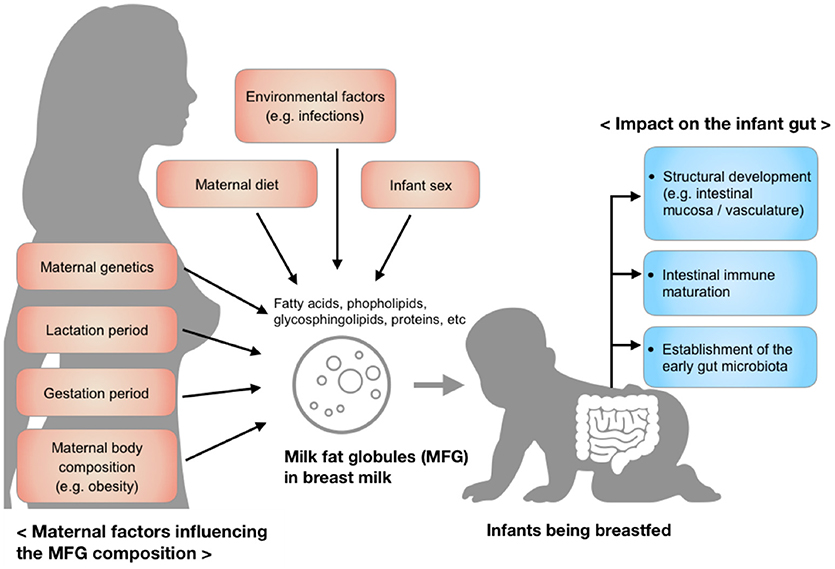The Biology of Breastmilk
This episode by Dr. Rhonda Patrick aims to be the most comprehensive summary on the biology of breast milk. Looking at the clinical and animal evidence of the impact of breast milk paints a complex mosaic of developmentally supportive effects that range from how the mother can build a baby’s immune system to supporting the development of entire organ systems through maternal stem cells found in breast milk.

Nutrition in the first year of life is crucial to an infant’s development and lifelong health. Early nutritional deficits are intrinsically linked to impaired mental and physical growth. Consequently, the risk of developing metabolic and cardiovascular diseases such as obesity, diabetes, and hypertension in childhood as well as in later life is likely determined by early feeding and nutritional status.
Breastfeeding is the biologically superior way to feed an infant. The American Academy of Pediatrics recommends exclusive breastfeeding for the first six months of an infant’s life and then continued breastfeeding while introducing age-appropriate foods until an infant is 12 months old or older.[1] This provides the infant optimal nutrition and immunity while supporting growth and development.
Breastfeeding provides many benefits to infants and mothers. For example, research in both developing and industrialized nations demonstrates that breastfeeding is associated with reduced risk of acute and chronic illnesses, enhanced cognitive performance, and reduced pain during medical procedures such as a heel-stick or immunization.[1] [2] Women who breastfeed experience faster return to pre-pregnancy weight and reduced risk of certain types of cancer.[3]
Despite the many benefits of breastfeeding, data indicate that breastfeeding rates in the United States are low. Among children born between 2010 and 2013, approximately 80 percent were breastfed initially, but only 20 percent of those children were breastfed exclusively (receiving no formula or other foods) at six months of age.[4] Several factors influence whether a woman initiates and continues to breastfeed, including the mother’s age, race, ethnicity, education level, socioeconomic status, family structure, and mental status.[5]
This article provides an overview of the production and composition of breast milk; the benefits of breastfeeding to both infant and mother; and practical information for dealing with the challenges associated with breastfeeding.

